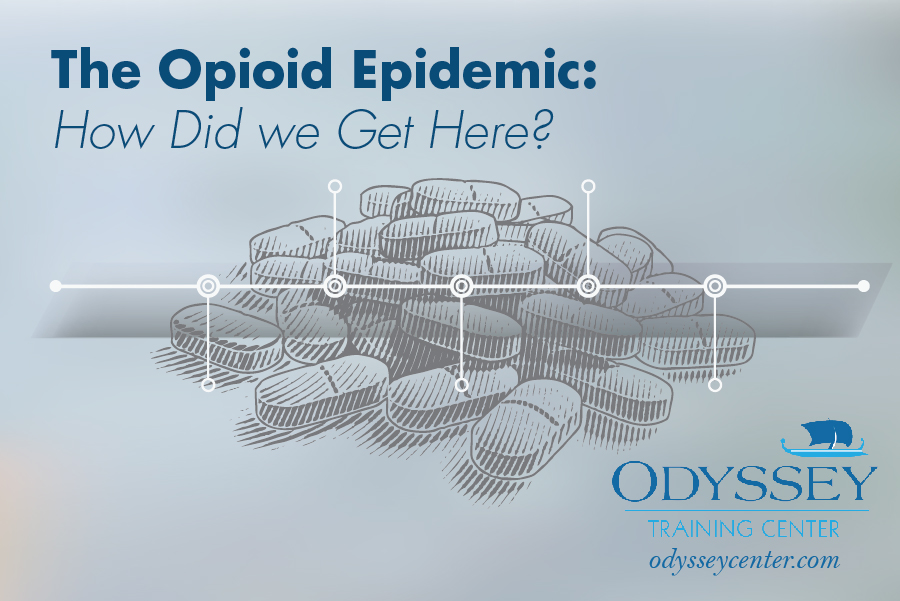There was a time in the not too distant past when drugs like OxyContin were considered wonder drugs designed to help people in severe pain live a normal life. These days, drugs that contain hydrocodone and oxycodone are blamed for overdoses that are now killing more people than traffic fatalities. If you are like most people, you look at the opioid crisis and wonder how we have arrived here. Here is a rough timeline of how the opioid crisis has become the large-scale issue is it today.
The Late 70s and the Arrival of Short-Acting Combination Opioid Drugs
While painkillers like Vicodin, which combine acetaminophen and hydrocodone were invented in the late 1970s, they did not become popular until the late 1980s. These short-lasting opioid drugs are designed to be taken every four to six hours.
January 1980: The “Non-Addictive” Message Published in Medical Journals
In early 1980’s, a Boston physician published a database that cataloged the effect that various drugs had on patients. This study revealed that only a minuscule portion of the patients became addicted when treated with various opioids. Once these findings were published in the New England Journal of Medicine, it lead to a variety of misconceptions about the addictive nature of opioids. A review of these findings published in 2015 found that the studies lacked things like comparison groups and were not an accurate representation of the dangers that come with opioid use.
The FDA Approves OxyContin in December of 1995
When first marketed by Purdue Pharma, OxyContin was touted as a long-acting pill with a sustained release feature. This pharmaceutical company claimed this drug could treat a patient for a 12-hour period with only a single dose.
In 1998, the FDA also approves Fentanyl containing Actiq. This substance is 50 times stronger than heroin and is made available to patients via a skin patch or lollipop. While access to this drug was heavily restricted, overdoses have steadily risen since it was approved by the FDA.
Overprescribing Opioids Gets Out of Hand Starting in the Early 2000s
From 1999 to 2014, the sale of prescription opioids increased fourfold according to the Centers For Disease Control and Prevention. In 2012, the number of opioid prescriptions peaked at nearly 255 million.
In the early 2000s, overdose deaths also started to climb. Since 1999, overdose deaths caused by prescription drugs and heroin have nearly quadrupled.
The Tide of Public Awareness Starts to Turn in the 2010s
Starting in 2010, overdose cases became a common occurrence in hospital emergency rooms. This means more families were starting to be affected by this crisis. In 2012, the Los Angeles Times published an article titled “Dying for Relief.” This piece of investigatory journalism sought to find the underlying cause in the upswing of overdoses caused by prescription drugs.
2016 Was a Turning Point
In early 2016, the CDC released a document that recommended that medical professionals should use more caution when prescribing opioids. Later in 2016, the Surgeon General releases the “Facing Addiction in America” report. In this report, the Surgeon General stated that while the Affordable Care Act did include addiction coverage, only around one in every ten addicts actually received these treatments.
Rapidly Increasing Awareness Provides a Glimmer of Hope
We are 20 years into this epidemic and statistics show that more people are dying from opioid overdoses than ever before. On the other hand, the rapidly increasing awareness of this crisis does offer a glimmer of hope for the future. Most people now realize that addiction is a disease and needs to be treated as such.
The main goal of the team at Odyssey Training Center is to provide the addiction counselors and behavioral health professionals of tomorrow with the education they need.



